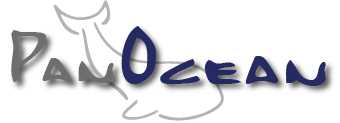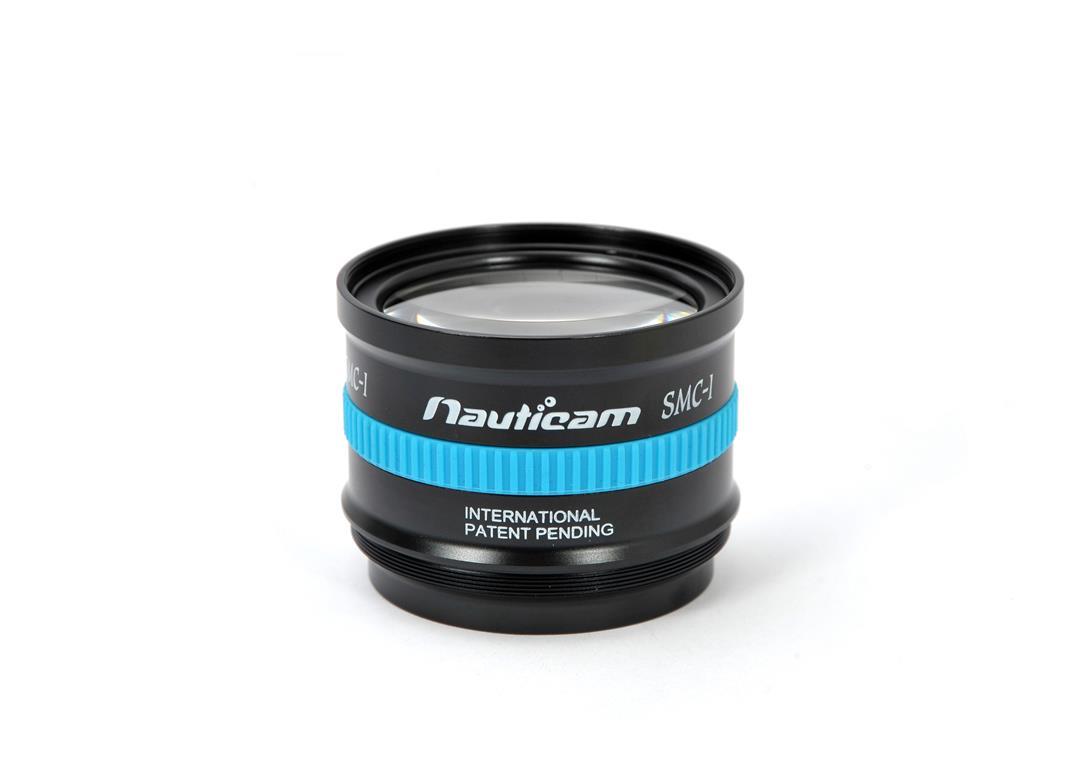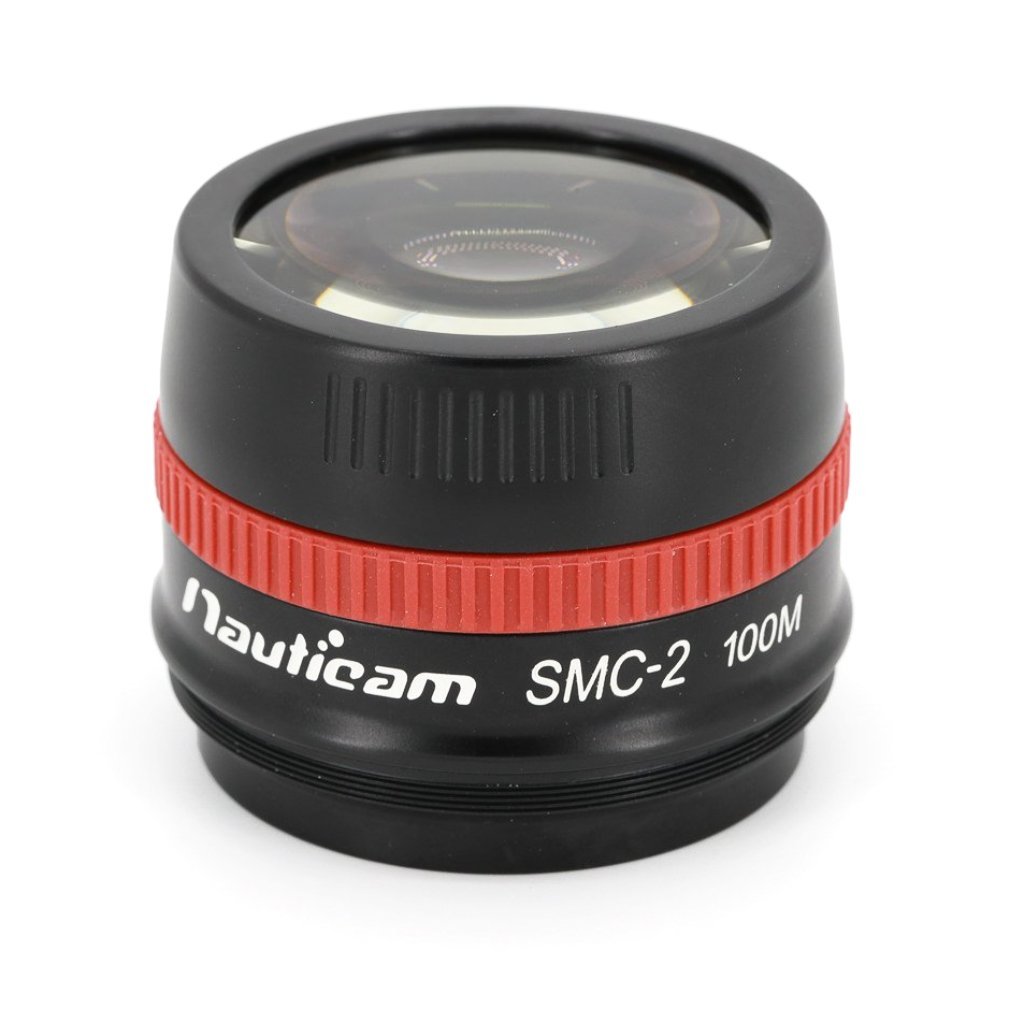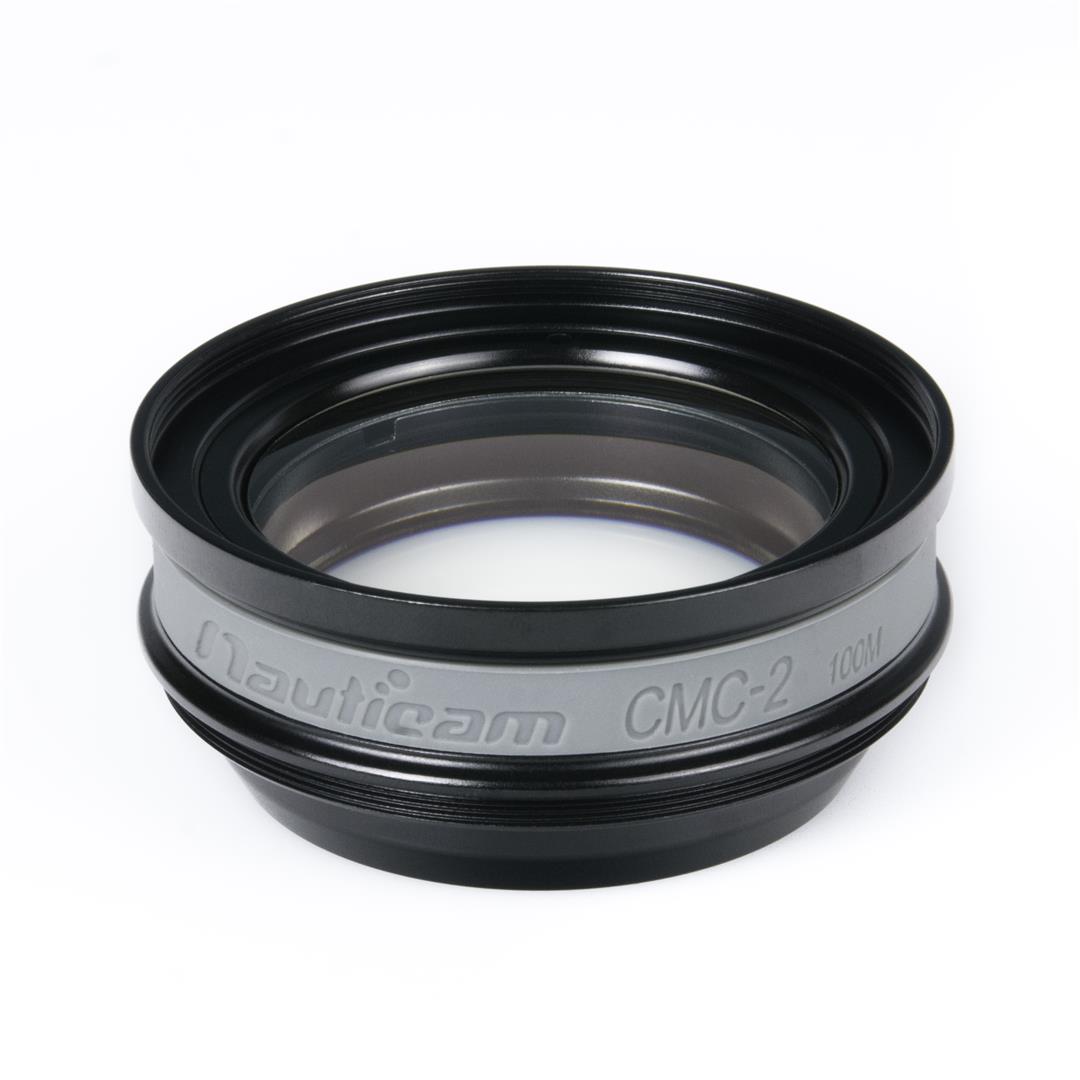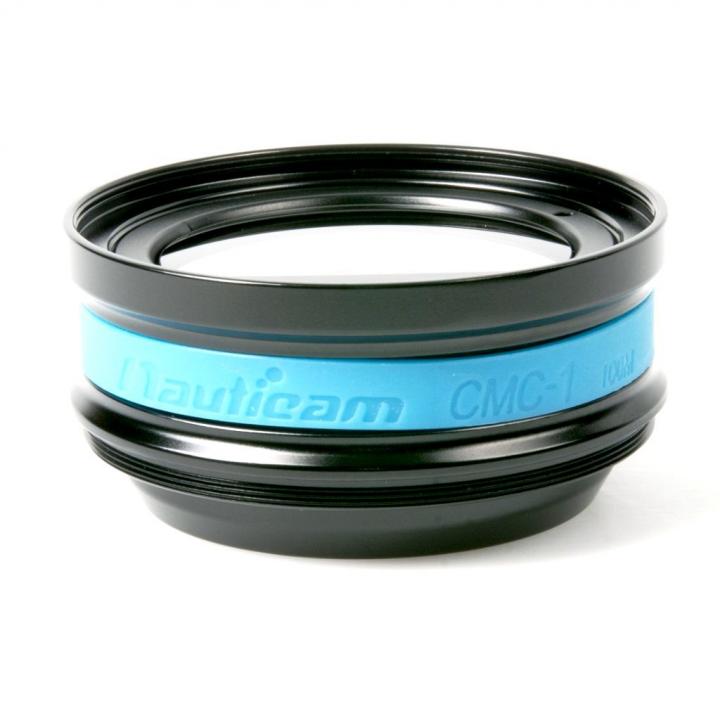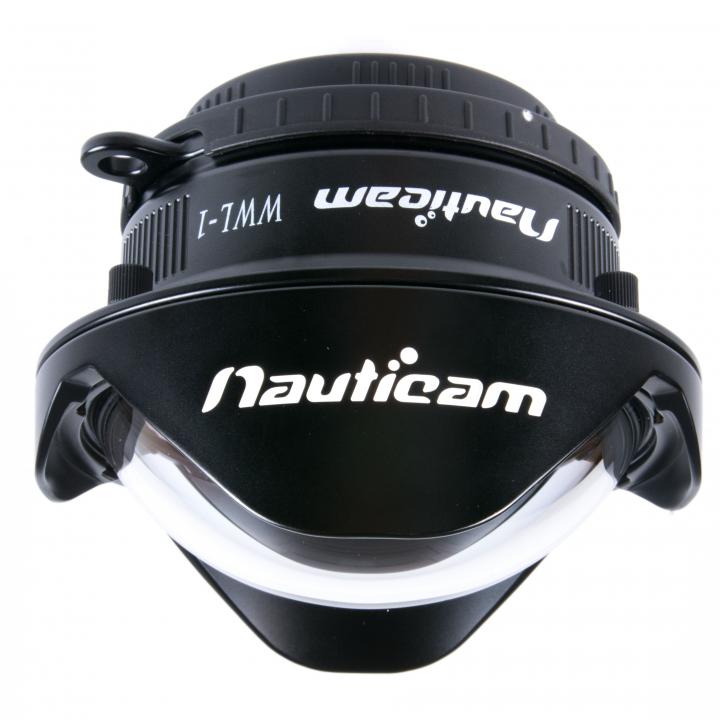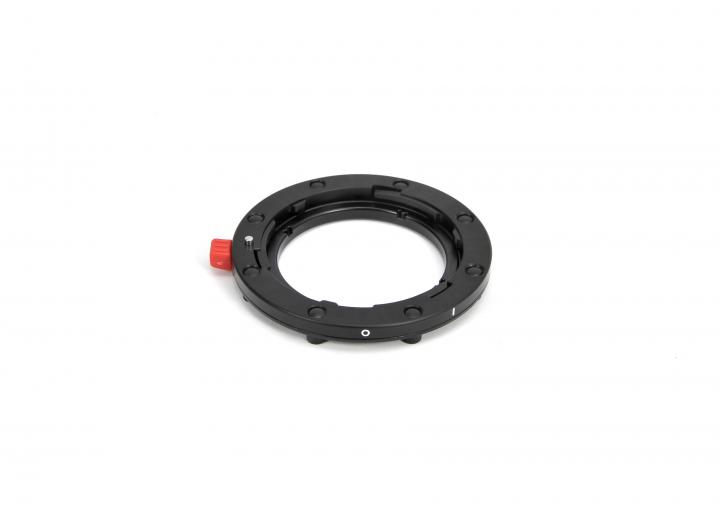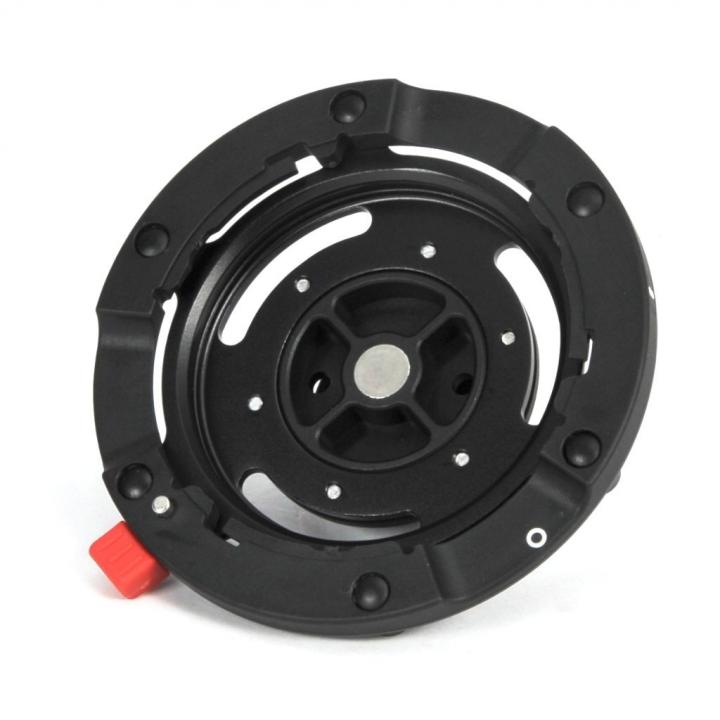When using a bayonet mount system with two lenses, such as a CMC and a WWL-1, this bracket provides two attachment points where the unused attachment lenses can be stored.
.This mount attaches to the Nauticam flash arms and features one mount on each side of the arm.
| Attachment lens thread: | Bayonet |
|---|
2 bayonet attachment points
Login
